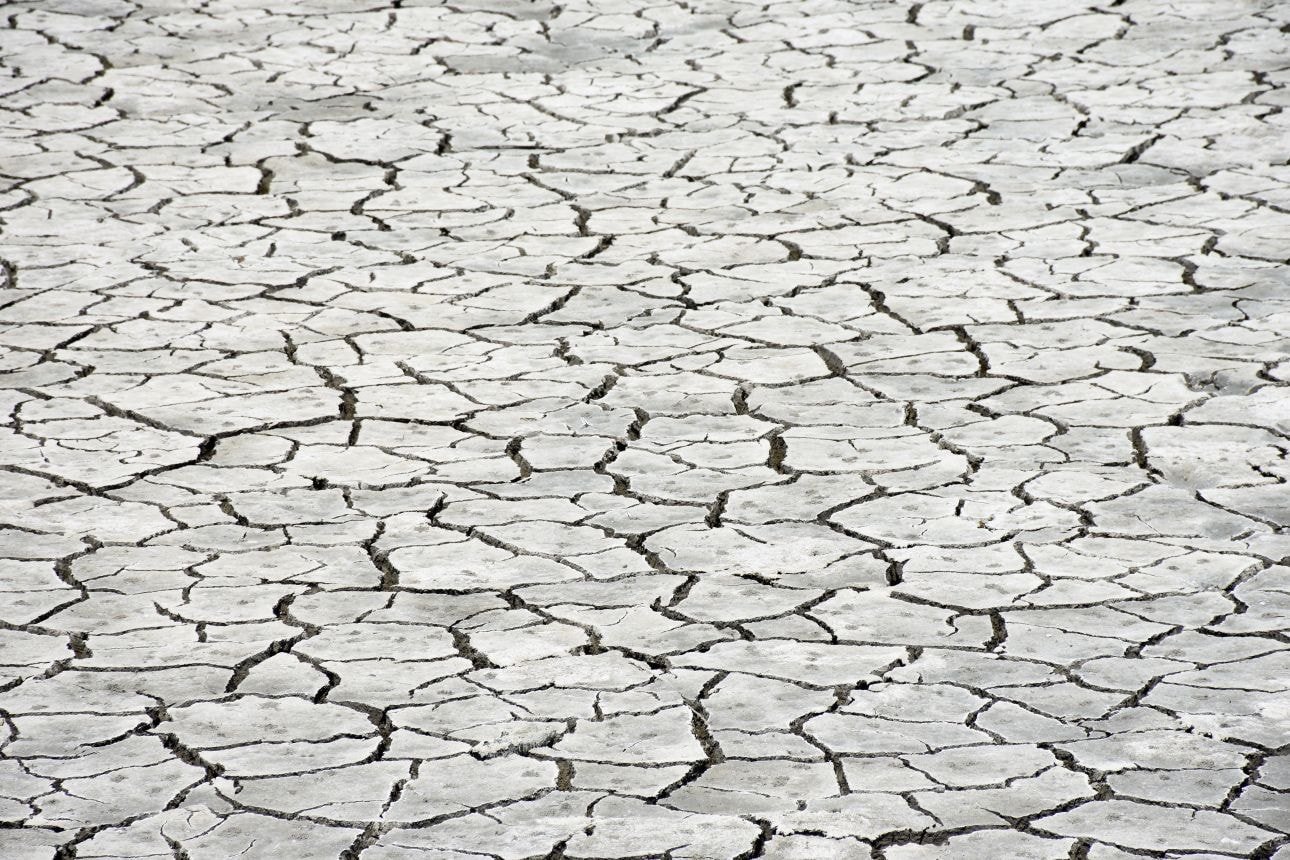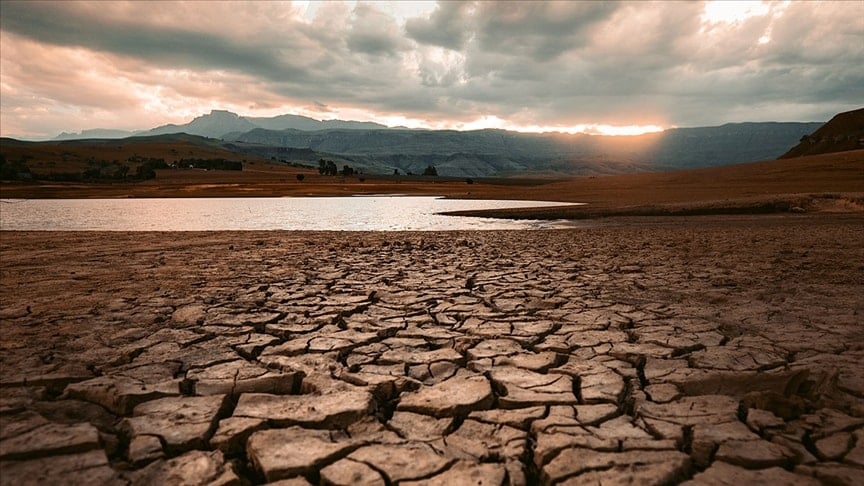20 years of data have revealed the bitter truth: Continents are drying up, the freshwater crisis is growing.

A research team led by Earth system scientist Hrishikesh Chandanpurkar of FLAME University in India examined more than 20 years of data from NASA's GRACE and GRACE Follow-On satellites. These observations provided a detailed analysis of changes in terrestrial water stores since 2002.
Their results show that all land areas except Greenland and Antarctica are drying out at unprecedented rates. The team notes that the continental areas experiencing drought each year are expanding to twice the size of the state of California. The research was published in the journal Science Advances.
Climate change and human-induced groundwater use have severely disrupted the Earth's water cycle. Wet regions are becoming wetter, while dry regions are drying out much faster. However, this imbalance is causing the planet's overall terrestrial water supply to decline.

Researchers emphasize that this loss isn't limited to surface lakes and rivers; groundwater reserves deep below the surface are also rapidly depleting. Today, 75 percent of the world's population lives in 101 countries where freshwater losses are steadily increasing. Much of this loss flows directly into the oceans.
Most of this loss occurs in high-latitude regions not normally considered arid, such as Canada and Russia. This is thought to be due to the thawing of glaciers and permafrost. On glacier-free continents, 68 percent of water losses are attributed to human-induced over-extraction of groundwater.
Record-breaking droughts in Central America and Europe in recent years have accelerated this process. Experts warn that such extreme droughts will become more frequent and severe due to the climate crisis. Evaporating surface water in agricultural regions has led people to resort to groundwater extraction, but these resources are also depleting.

For example, California's Central Valley, which accounts for 70 percent of the world's almond production, and cotton production around the dried-up Aral Sea are striking examples of intensive groundwater use.
The researchers warn:
"Overpumping of groundwater has become the largest driver of terrestrial water loss in arid regions. This is compounding the impacts of temperature increases, aridification, and extreme drought events."
As a solution, they emphasize the need to develop sustainable groundwater use policies at both national and international levels. Scientists point out that even if efforts to slow climate change falter, there is still much that can be done to slow the drying of continents.
SÖZCÜ





